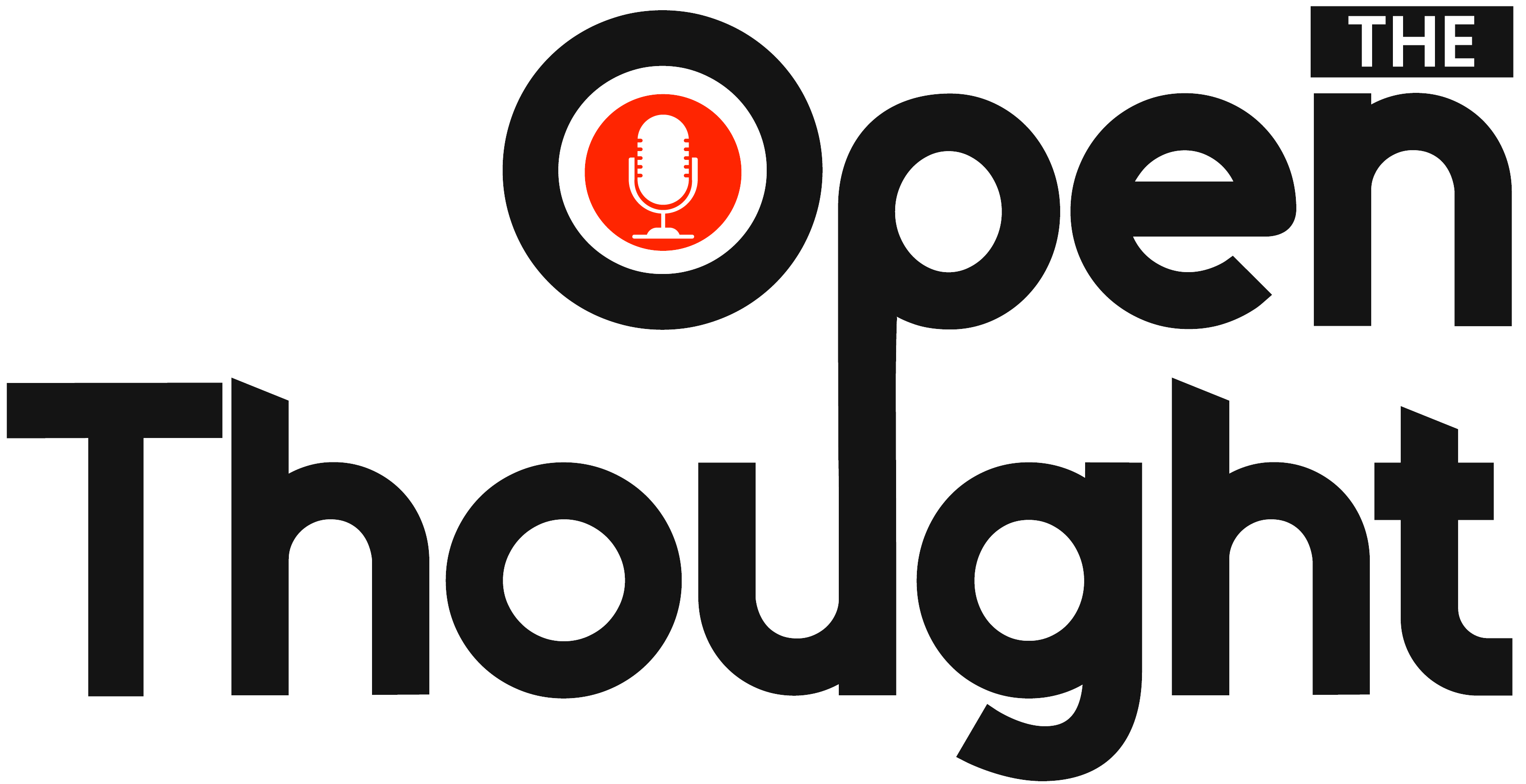Dr. S. Ashwin Ram
Assistant Professor, School of Economics and Public Policy, RV University
Bengaluru, once celebrated as the “City of Gardens,” is steadily losing its appeal due to unregulated urban growth. Dubbed India’s Silicon Valley for its booming tech industry, the city attracts a substantial influx of migrants, fueling rapid urban expansion. With an estimated population nearing 14 million, Bengaluru is one of the most densely populated and rapidly growing cities. However, this growth has led to environmental and infrastructure-related challenges, worsened by inefficient governance and poor urban planning. Like other Indian cities, Bengaluru struggles with issues such as traffic congestion and water shortages, resulting from unsustainable urbanization.
Last year, the city faced severe water scarcity, compelling households to spend more as water charges surged. More recently, residents have been burdened by rising public transport fares, starting with a 15% increase in bus fares last month, followed by a sharp rise in Namma Metro fares—ranging from over 50% to nearly 100%. With stagnant wage growth and inflation tightening household budgets, these fare hikes have triggered widespread public frustration and discontent.
Given this situation, a thorough and critical examination of public transport pricing is essential. The recent fare revisions in Bengaluru reveal fundamental flaws in pricing mechanisms, lacking solid economic justification. The government and Bengaluru Metro Rail Corporation Limited (BMRCL) contend that fare increases were long overdue and necessary due to rising fuel and operational costs. However, a more phased implementation would have been preferable. Alternative cost-recovery strategies—such as boosting ridership, securing financial support through grants and budgetary allocations, optimizing indirect taxes, and establishing dedicated public transport funds—could have helped ease the financial strain on commuters.
Amidst public outrage and political opposition, the government has intervened to correct discrepancies in metro fares set by the Fare Fixation Committee. Initial data following the fare hikes indicate a 10% decline in metro ridership, as commuters explore alternative transportation options. However, these alternatives provide little relief, as economic, social, and opportunity costs remain high due to increasing fuel prices, pollution, and prolonged travel times caused by congestion. Additionally, ride-hailing services and autorickshaw fares in the city have also surged in recent months.
A significant relief for women commuters has come in the form of the Shakti Scheme, which provides free bus rides. However, the recent bus fare increases disproportionately impact male commuters, who now bear the brunt of higher transportation costs. While income redistribution remains a key government objective, subsidy programs must be implemented in a way that ensures fairness, equity, and efficiency. Despite some drawbacks, government intervention in pricing remains crucial—at least in the short term—to stabilize public transport costs while ensuring financial sustainability for service providers.
Bengaluru consistently ranks among the world’s worst cities for traffic congestion. According to the latest TomTom index, it is the third slowest city globally due to severe traffic gridlock. While experts debate the accuracy of the index, Bengaluru’s reputation for traffic congestion is undeniable. The government’s efforts to manage traffic have been largely disappointing, with poor road conditions, construction delays, and illegal parking exacerbating the situation.
Amid rapid urbanization and climate change, the government must reassess its urban planning approach, prioritizing access to sustainable public transport. Encouraging public transit use through incentives and behavioral nudges is essential. Globally, policymakers are working to make public transport more affordable and accessible by enhancing last-mile connectivity, curbing air pollution, and decarbonizing the transport sector. Bengaluru’s policies should promote, rather than discourage, public transport use.
Despite paying the highest road taxes in India, Bengaluru’s residents continue to bear the brunt of governance failures and policy inefficiencies. While congestion pricing remains politically contentious, it is an urgent measure Indian cities must consider to tackle traffic problems and encourage public transport adoption. Implementing congestion pricing could help internalize the negative externalities of pollution and vehicle emissions while generating revenue to improve road infrastructure and sustainable mobility. Ultimately, the government must explore sustainable financing models beyond fare hikes, leveraging alternative institutional funding mechanisms to balance revenue generation and debt management more effectively.




